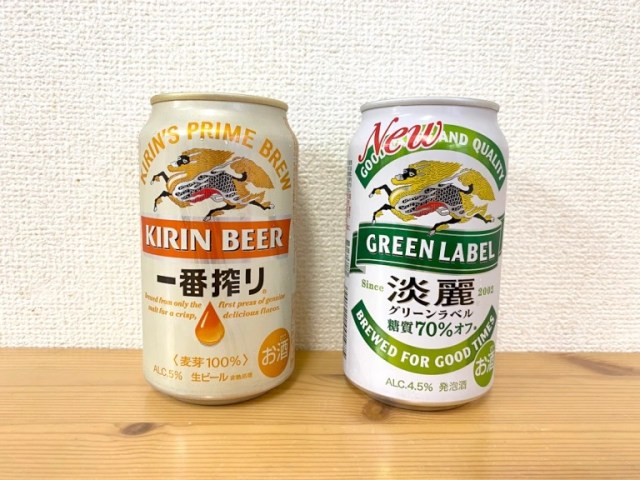
Masks on and bottoms up for a blind taste test experiment.
To the untrained eye, those might look like two cans of beer in the above photo, and yes, the one on the left, that says KIRIN BEER in large English text, is indeed a can of Kirin Ichibanshibori, one of the most popular brands of beer brewed in Japan.
The one on the right, though, isn’t Ichibanshibori. What’s more, in the eyes of the law in Japan, it’s not even beer. Instead, it’s something called happoshu.
▼ Beer
▼ Not beer
Happoshu refers to alcoholic beverages that are brewed in more or less the same way as beer but have a malt content under 67 percent. You can find happoshu for sale in any Japanese supermarket, convenience store, or liquor shop, but not because Japanese drinkers don’t like malty beverages. Instead, happoshu’s reason for existence is that it’s taxed at a lower rate than beer, and so it’s priced cheaper to buy too, often by about 30 percent.
In other countries, it’d probably just be called “low-malt beer,” but in Japan happoshu having an entirely different name from beer contributes to its stigma as a low-quality beverage. But is that just a manifestation of old-school Japanese foodies’ philosophy that higher pricing makes food and drink a separate entity from less expensive versions? To find out, we assembled a team of seven taste testers from among the SoraNews24 staff to see if they could tell the difference between Kirin’s Ichibanshibori beer and Tanrei Green Label happoshu.
▼ If you’re wondering why everyone looks so pumped up, well, how else would you react if your boss suddenly said “Everyone, stop what you’re doing and come drink some booze” during the middle of the workday?
We specifically chose Tanrei Green Label for this blind taste test because it has a reputation as being one of the most premium-tasting happoshu on the market and that’s also made great strides in recent years. To clarify, in this experiment we’re not asking our taste testers to choose which tastes better, but which tastes like the more expensive beverage.
So with the ground rules set, masks on and bottoms up!
● P.K. Sanjun: B
“This is really simple thinking on my part, but compared to Cup A, Cup B has a stronger flavor, so I think it’s probably the beer. But I guess if I ordered a beer in a pub and they served me A, I’d believe it’s beer too. I don’t drink all that often, so I can only really notice the difference tasting them back-to-back like this.”
● Go Hatori: B
“Happoshu has gotten a lot better in recent years, but I can still taste the difference. It’s sort of like the difference between regular cola and zero-calorie cola. B’s flavor is 100-percent beer, but there’s just something missing from A. I’m really certain about this, and I’ll be totally embarrassed if I’m wrong.”
● Masanuki Sunakoma: B
“I have a drink with dinner maybe once a week, but even I can tell the difference here. There’s some sort of non-beer-like sourness to A, and the aroma is a little off too. B is just all beer, and I’ve got no happoshu suspicions about it. If I’m wrong, I think there must be something wrong with my senses.”
● Ahiru Neko: B
“I drink happoshu at home a lot, and Tanrei Green Label is good stuff. But I can still taste the difference here I think. I usually drink straight from the can, though, so having it in a cup like this is throwing me off a little. Between the two of them, tough, B has the stronger flavor. They’ve done a lot to smooth out the unpleasant parts of the stereotypical happoshu flavor, but it comes off a little lacking in character. So while they’re pretty close, B has more flavor and the more distinct bitterness, so I think it’s the beer.”
● Ikuna Kamezawa: B
“I think I can tell. A is so light it’s like water, but B tastes really bitter, almost like they tried making it extra bitter so that it’ll fool you into thinking it’s beer when it really isn’t. But yeah, I think B is the beer. If I ordered a beer in a bar and they gave me something like A, I’d be pretty startled.”
● Yoshio: B
“Oh, yeah, I can tell right away. I drink both happoshu and beer at home, so I can tell that A is the Tanrei Green Label pretty easily. It’s really light, and B has a lot more impact when the flavor hits you. The carbonation level is different too. B has the smoother, softer head, and the flavor has more bitterness too.”
● Takashi Harada: B
“I pretty much always drink beer, not happoshu, but this is pretty tough to tell. I think maybe B is the beer though? At the very first moment they hit my taste buds, I didn’t think A tasted very good, but B felt good right away.”
And now, for the moment of truth. The correct answer, the cup with the more expensive beer, and not the cheaper happoshu, is…
…Cup B!
It’s a perfect score for our panel, and some much-needed vindication after our zero-percent success rate at telling the difference between ultra-expensive cherries and regular ones.
Again, this wasn’t a test as to whether the Kirin Ichibanshibori beer or Tanrei Green Label tastes better, but which one tastes more expensive. You’ll notice, though, that there weren’t a ton of positive things said about Cup A’s haposhu, with almost every comparative impression making Cup B’s beer sound like the more desirable drink. So the question becomes: Do the cost savings make up for happoshu’s less satisfying drinking experience?
At the store we bought our drinks at, a can of Kirin Ichibanshibori costs 188 yen (US$1.39), while a can of Tanrei Green Label is 138 yen. That makes the happoshu about 26 percent cheaper, and lopping off a fourth of your liquid entertainment costs is definitely a tempting proposition. On the other hand, even if you’re having a drink with your dinner every single night, that 50-yen-a-can difference means you’re only going to be saving about 1,500 yen a month. Even tacking on a nightcap each and every night means that choosing beer over happoshu is only going to cost you 3,000 yen more per month than settling for the cheaper stuff.
Of course, the ultimate decision in the question of beer or shochu is going to depend on your individual financial situation and the volume of booze necessary to satisfy your thirst. As our panel’s results show, though, if you can find room in your budget for in-the-eyes-of-Japanese-law beer, your taste buds will probably be able to tell the difference.
Photos ©SoraNews24
● Want to hear about SoraNews24’s latest articles as soon as they’re published? Follow us on Facebook and Twitter!
[ Read in Japanese ]

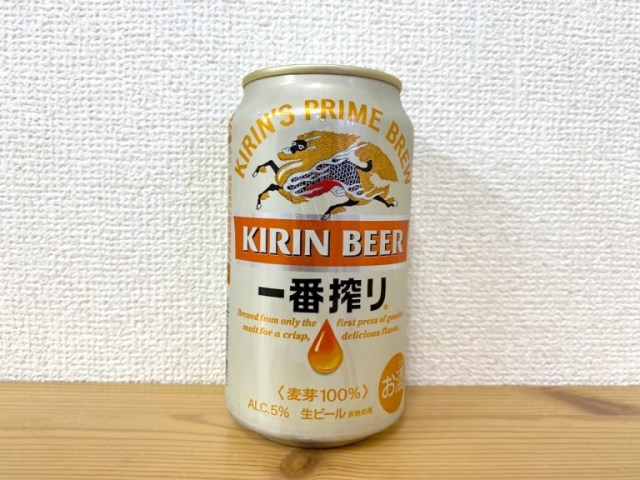
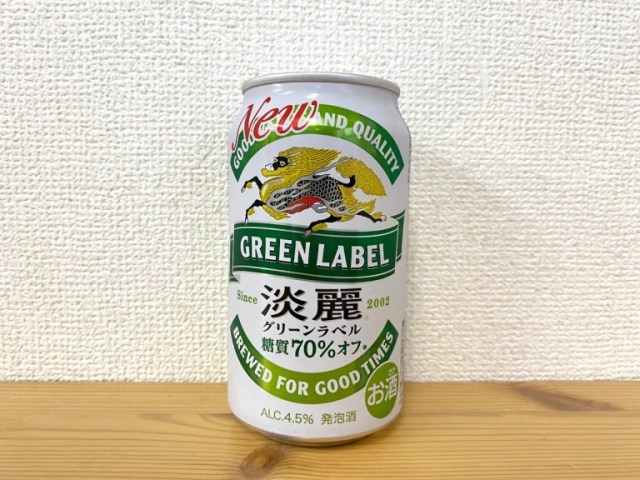
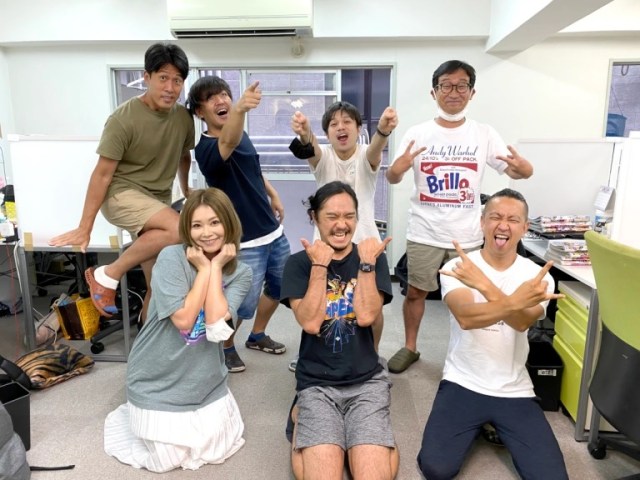
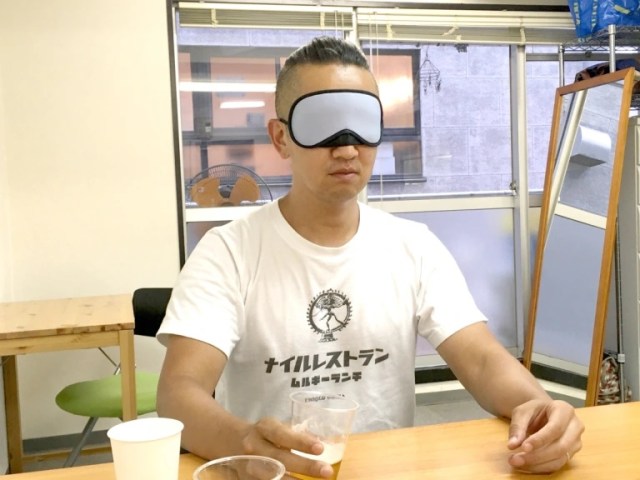
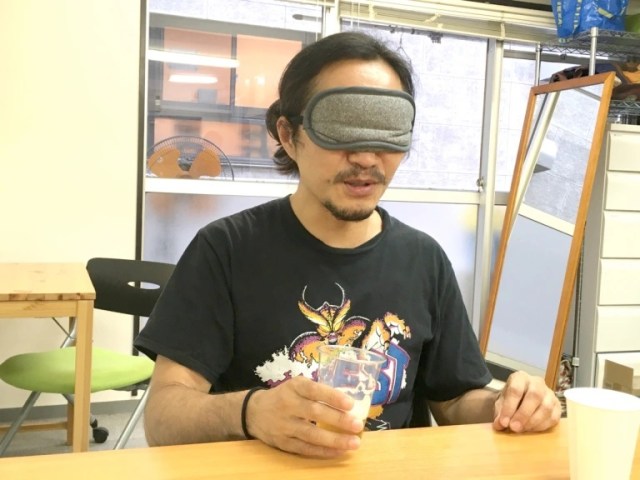
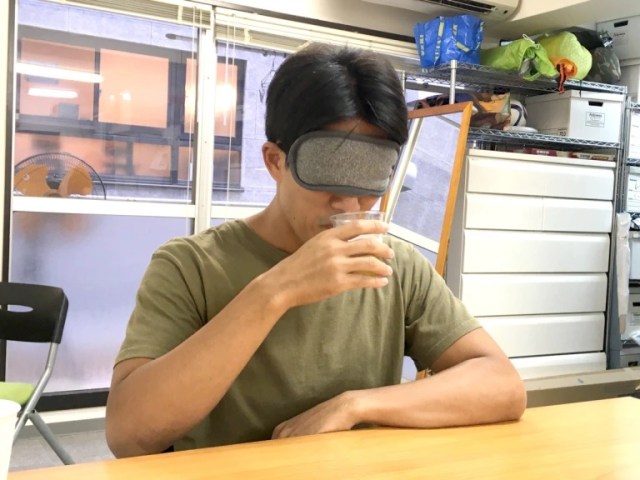
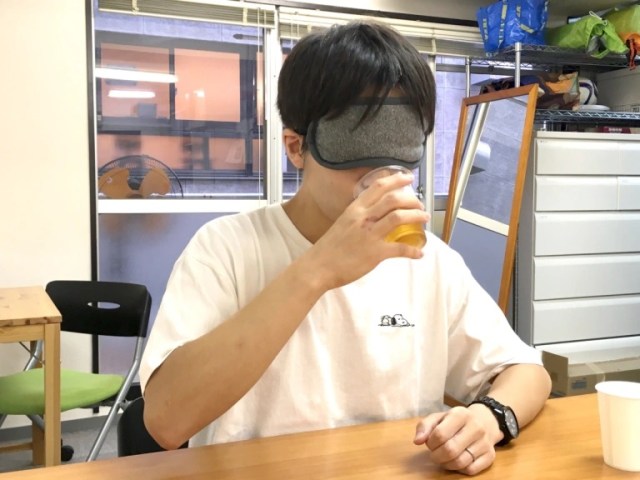
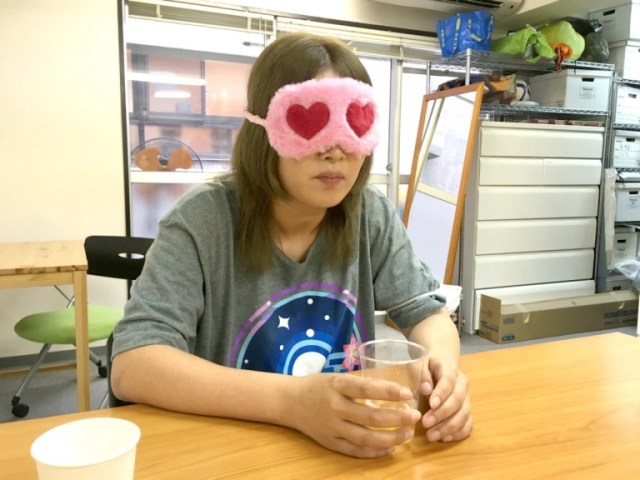
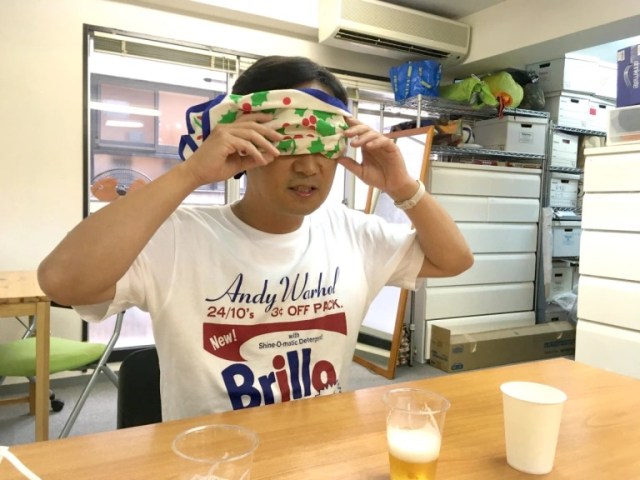
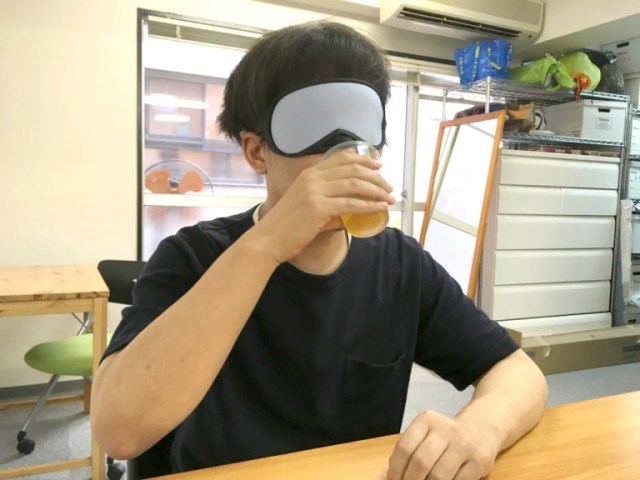
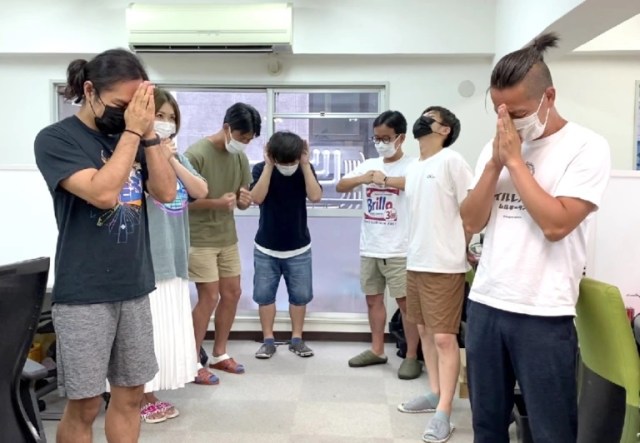
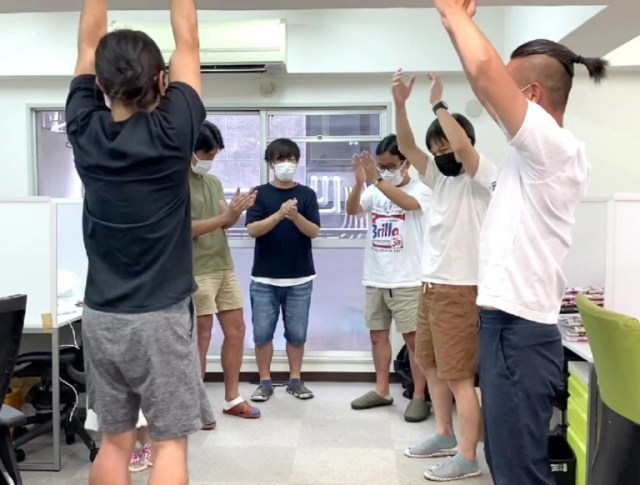
 Can our reporters tell fancy specialty store camembert cheese from the convenience store stuff?
Can our reporters tell fancy specialty store camembert cheese from the convenience store stuff? Can our writers’ taste buds pick out the luxury kamaboko fish cake from these two?
Can our writers’ taste buds pick out the luxury kamaboko fish cake from these two? Can we pick out the expensive Japanese watermelon in a blind taste test?
Can we pick out the expensive Japanese watermelon in a blind taste test? Sugar-free beer coming from Kirin this October
Sugar-free beer coming from Kirin this October Can our foodie reporters tell the difference between two brands of tofu with a huge price gap?
Can our foodie reporters tell the difference between two brands of tofu with a huge price gap? How to order snacks on a Shinkansen bullet train in Japan
How to order snacks on a Shinkansen bullet train in Japan Japan’s new difficult-to-drink-from beer glass protects your liver, but it’s a brutal experience
Japan’s new difficult-to-drink-from beer glass protects your liver, but it’s a brutal experience Burger King Japan suddenly adds Dr. Pepper and Dr. Pepper floats to its menu nationwide
Burger King Japan suddenly adds Dr. Pepper and Dr. Pepper floats to its menu nationwide Demon Slayer: Kimetsu no Yaiba gets new roller coaster attractions and food at Universal Studios Japan
Demon Slayer: Kimetsu no Yaiba gets new roller coaster attractions and food at Universal Studios Japan Hello, cosmetics! Clinique teams up with Hello Kitty this summer for first-time collaboration
Hello, cosmetics! Clinique teams up with Hello Kitty this summer for first-time collaboration Kyoto Tower mascot termination reveals dark side behind cute Japanese characters
Kyoto Tower mascot termination reveals dark side behind cute Japanese characters Nintendo history you can feel – Super NES, N64, and GameCube controllers become capsule toys
Nintendo history you can feel – Super NES, N64, and GameCube controllers become capsule toys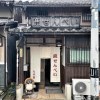 This Nara workshop has been making deer crackers for more than 100 years and offers tours【Photos】
This Nara workshop has been making deer crackers for more than 100 years and offers tours【Photos】 High-fashion Totoro cuddle purse is like an elegant stroll in the forest【Photos】
High-fashion Totoro cuddle purse is like an elegant stroll in the forest【Photos】 Legendary Melon Bread by Tokyo Banana returns after 20-year absence【Taste Test】
Legendary Melon Bread by Tokyo Banana returns after 20-year absence【Taste Test】 “The most Delicious Cup Noodle in history” – Japan’s French Cup Noodle wins our heart【Taste test】
“The most Delicious Cup Noodle in history” – Japan’s French Cup Noodle wins our heart【Taste test】 Starbucks releases a cute Frappuccino and Unicorn Cake…but not in Japan
Starbucks releases a cute Frappuccino and Unicorn Cake…but not in Japan McDonald’s Japan’s Soft Twist Tower: A phantom ice cream only sold at select branches
McDonald’s Japan’s Soft Twist Tower: A phantom ice cream only sold at select branches Yabai Ramen: What makes this Japanese ramen so dangerous?
Yabai Ramen: What makes this Japanese ramen so dangerous? Finally! Nintendo Japan expands Switch 8-bit controller sales to everybody, Online member or not
Finally! Nintendo Japan expands Switch 8-bit controller sales to everybody, Online member or not Japanese government wants to build luxury resorts in all national parks for foreign tourists
Japanese government wants to build luxury resorts in all national parks for foreign tourists To combat declining birth rate, Japan to begin offering “Breeding Visas” to foreigners
To combat declining birth rate, Japan to begin offering “Breeding Visas” to foreigners 10 things you should buy at 7-Eleven in Japan
10 things you should buy at 7-Eleven in Japan Studio Ghibli releases anime heroine cosplay dresses that are super comfy to wear
Studio Ghibli releases anime heroine cosplay dresses that are super comfy to wear Woman charged for driving suitcase without a license in Osaka
Woman charged for driving suitcase without a license in Osaka Studio Ghibli unveils My Neighbour Totoro miniature house model
Studio Ghibli unveils My Neighbour Totoro miniature house model Kyoto experiencing problems with foreign tourists not paying for bus fares, but not on purpose
Kyoto experiencing problems with foreign tourists not paying for bus fares, but not on purpose Fighting mild hunger with a Japanese soda that turns into jelly in the stomach【Taste test】
Fighting mild hunger with a Japanese soda that turns into jelly in the stomach【Taste test】 Studio Ghibli’s Howl’s Moving Castle tapestry unveiled in Japan for first time
Studio Ghibli’s Howl’s Moving Castle tapestry unveiled in Japan for first time McDonald’s new Happy Meals offer up cute and practical Sanrio lifestyle goods
McDonald’s new Happy Meals offer up cute and practical Sanrio lifestyle goods Sales of Japan’s most convenient train ticket/shopping payment cards suspended indefinitely
Sales of Japan’s most convenient train ticket/shopping payment cards suspended indefinitely Sold-out Studio Ghibli desktop humidifiers are back so Totoro can help you through the dry season
Sold-out Studio Ghibli desktop humidifiers are back so Totoro can help you through the dry season Japanese government to make first change to romanization spelling rules since the 1950s
Japanese government to make first change to romanization spelling rules since the 1950s Foreigner’s request for help in Tokyo makes us sad for the state of society
Foreigner’s request for help in Tokyo makes us sad for the state of society Ghibli founders Toshio Suzuki and Hayao Miyazaki contribute to Japanese whisky Totoro label design
Ghibli founders Toshio Suzuki and Hayao Miyazaki contribute to Japanese whisky Totoro label design Doraemon found buried at sea as scene from 1993 anime becomes real life【Photos】
Doraemon found buried at sea as scene from 1993 anime becomes real life【Photos】 Tokyo’s most famous Starbucks is closed
Tokyo’s most famous Starbucks is closed Princesses, fruits, and blacksmiths: Study reveals the 30 most unusual family names in Japan
Princesses, fruits, and blacksmiths: Study reveals the 30 most unusual family names in Japan Do expensive 10,000 yen Japanese cherries taste better than cheap ones from the supermarket?
Do expensive 10,000 yen Japanese cherries taste better than cheap ones from the supermarket? Can our writers tell the difference between cheesecake from a luxury hotel and a factory?
Can our writers tell the difference between cheesecake from a luxury hotel and a factory? Our writers battle to distinguish Lady Boden from the 8x more expensive Jean-Paul Hévin ice cream
Our writers battle to distinguish Lady Boden from the 8x more expensive Jean-Paul Hévin ice cream Can our writers pick out the pricier strawberry shortcake against one over four times cheaper?
Can our writers pick out the pricier strawberry shortcake against one over four times cheaper? Sapporo releases a limited-edition Adult Choc Mint beer in Japan
Sapporo releases a limited-edition Adult Choc Mint beer in Japan Our toughest blind taste test yet — can our writers pick out the more expensive mochi?
Our toughest blind taste test yet — can our writers pick out the more expensive mochi? We try “The Dream,” Asahi’s new, purportedly “perfect” beer【Taste Test】
We try “The Dream,” Asahi’s new, purportedly “perfect” beer【Taste Test】 Sapporo Breweries reveals Ginza Brown — the only beer in the world made from honey bee yeast!
Sapporo Breweries reveals Ginza Brown — the only beer in the world made from honey bee yeast! Bluebeard!?!? Oh, blue BEER? Yeah, that’s still weird…
Bluebeard!?!? Oh, blue BEER? Yeah, that’s still weird… Our Japanese reporter visits Czechia’s famous beer spas and boozily bathes in a bath of beer
Our Japanese reporter visits Czechia’s famous beer spas and boozily bathes in a bath of beer Hakone Beer will celebrate 20th anniversary, give away 1,500 beers at special Tokyo event
Hakone Beer will celebrate 20th anniversary, give away 1,500 beers at special Tokyo event We try blue beer made with drift ice from Hokkaido
We try blue beer made with drift ice from Hokkaido We investigate the half-priced beer at Sushiro that everyone is angry about
We investigate the half-priced beer at Sushiro that everyone is angry about Clear near beer is here! We taste test Japan’s new zero-alcohol, zero-color brew【Taste test】
Clear near beer is here! We taste test Japan’s new zero-alcohol, zero-color brew【Taste test】 What happens when you cook beer with potato chips in a rice cooker?
What happens when you cook beer with potato chips in a rice cooker?
Leave a Reply